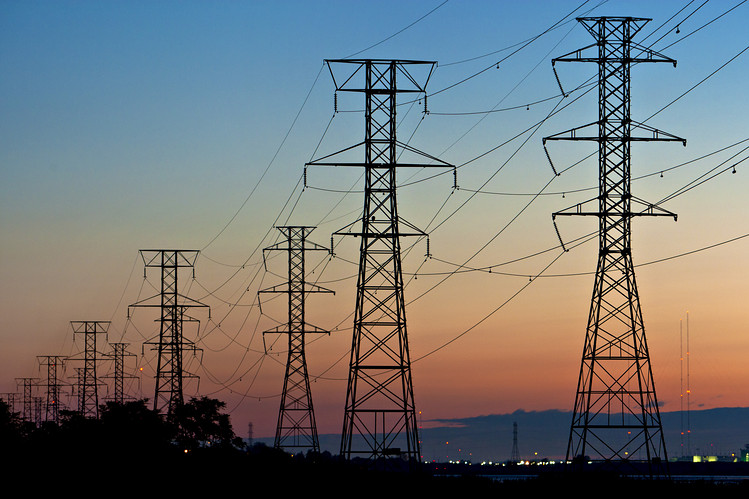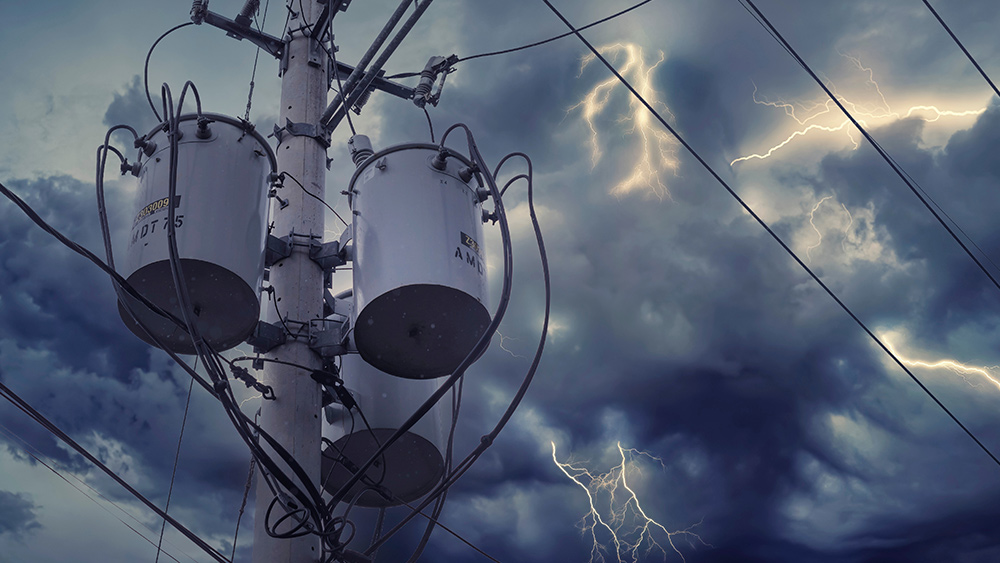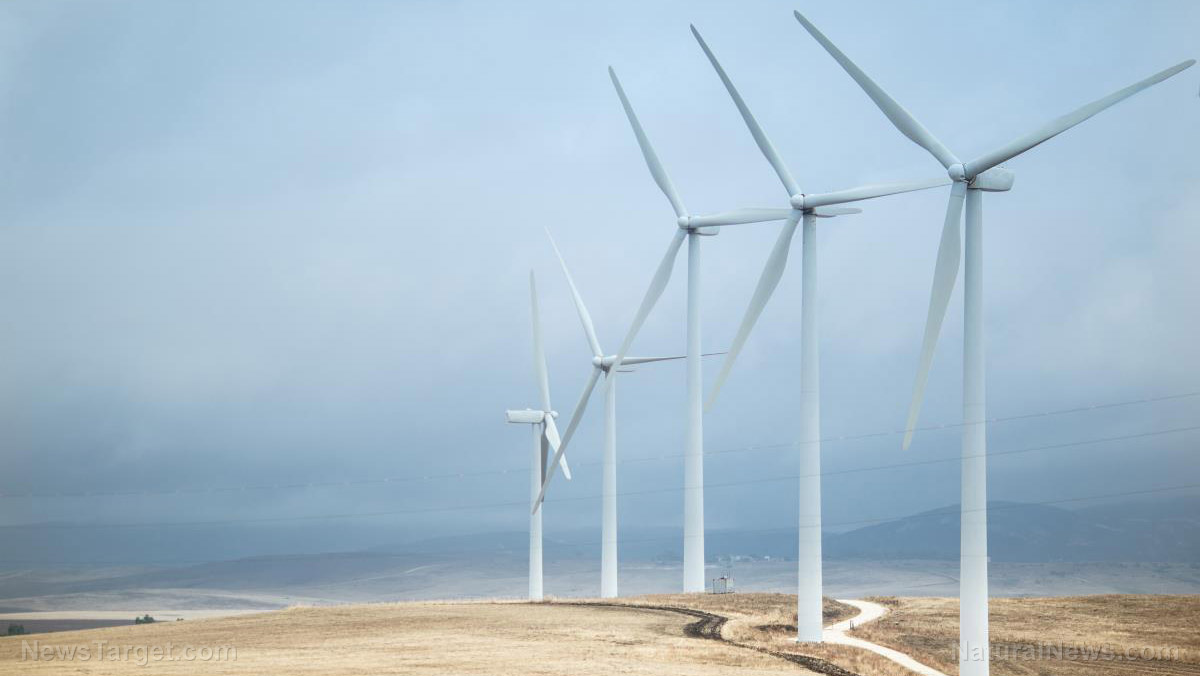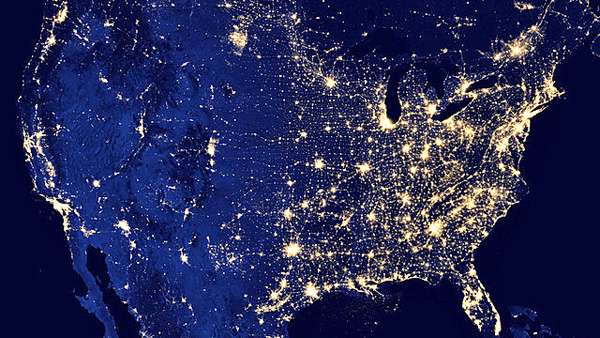
The North American Electric Reliability Corporation's (NERC) 2021 Summer Reliability Assessment shows that parts of the U.S. are at elevated or high risk for potential electricity emergencies this summer. According to NERC's assessment, electric supply shortages may occur in the western parts of the country, Texas, New England and parts of the Midwest.
NERC is a nonprofit international regulatory organization that oversees regional electric reliability entities in the Lower 48 states, Canada and parts of Mexico. At the beginning of each summer, NERC publishes a reliability assessment that tabulates anticipated electricity demand and supply changes and highlights any regional challenges or expected conditions that may affect the bulk power system.
The above-normal summer heat increases electricity demand from temperature-dependent loads like air conditioning. It can also cause heat-related problems to power plants, thus reducing electricity supplies. Wide-area heat waves can also pose a challenge to grid operators and may limit electricity transfers because the electricity is needed to meet local demands.
Resource and energy sufficiency, or lack of it, is a significant concern this summer in the Western Electricity Coordinating Council (WECC) that covers the western half of the country. Generating capacity and projected electricity demand are at similar levels as they were in 2020, when an August wide-area heatwave caused rolling blackouts.
NERC found that WECC sub-regions in the Southwest and Northwest have enough resources to meet electricity demand under normal peak summer demand conditions, but they are at elevated risk of electricity shortfalls if demand is higher. NERC calculates electricity demand based on past demands.
The highest risk of electricity emergency is in California, a WECC sub-region, which relies heavily on energy imports during normal peak summer demand and when solar generation declines in the late afternoon. (Related: Drought could force California power plant to shut down at hottest time of the year.)
"California is at risk of energy emergencies during periods of normal peak summer demand and high risk when above-normal demand is widespread in the West," NERC's assessment stated.
The state has gained new flexible resources to help meet demand when solar energy is unavailable, but it is at high risk of an electricity emergency when above-normal demand is widespread in the West because the amount of resources available for electricity transfer to the state may be limited.
Last year's rotating blackouts could happen again this summer
California utilities imposed rotating blackouts last summer, leaving over 400,000 homes and businesses without power for up to nearly three hours when energy supplies ran short during a couple hot days in August last year.
That could happen again this summer as utilities increasingly rely on renewable sources of energy.
In response to last year's supply shortages, California utilities boosted total supplies to 63.4 gigawatts (GW), which is a slight increase from 2020, with another 3.4 GW of new resources in late stage planning for addition this summer. One gigawatt can power about a million homes in the U.S. on average, but as few as 200,000 during a hot summer day.
NERC warned that without those new resources, the California area would only have a reserve margin of 17.6 percent – which is below the 18.4 percent target local operators consider necessary to maintain reliability. The California area includes parts of northwest Mexico.
According to NERC, most of the additional resources expected this summer were solar that can provide energy only during the day but will not be available when demand remains high in the early evening. In addition to low reserves, California and the entire West will have to deal with heightened wildfire risk and a severe drought that has already reduced the region's hydropower output.
Meanwhile, the Electric Reliability Council of Texas (ERCOT) has relatively little unused electric generating capacity during times of peak electric load as it typically has one of the smallest anticipated reserve margins in the country. The electric grid of Texas is not connected to the rest of the national grid. (Related: Texas power grid was "seconds and minutes" away from months of total blackout.)
ERCOT's anticipated reserve margin increased from 12.9 percent last summer to 15.3 percent for this summer as a result of adding new wind, solar and battery resources. Although ERCOT's anticipated reserve margin is higher this summer, extreme summer heat could result in supply shortages and an electrical emergency.
The Midcontinent Independent System Operator (MISO) and ISO-New England have sufficient resources to meet projected peak demand. However, demand is likely to exceed capacity resources if above-normal levels of electricity demand occur in these regions. In that case, additional transfers of electricity from surrounding areas will be needed to meet demand.
Follow Electricity.news for more news and information related to electricity.
Sources include:
Please contact us for more information.





















